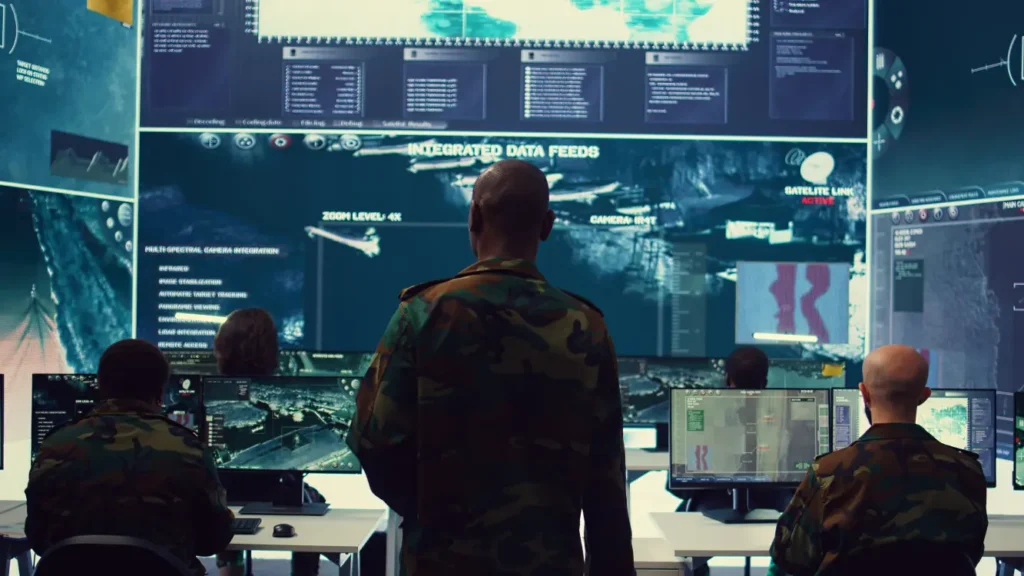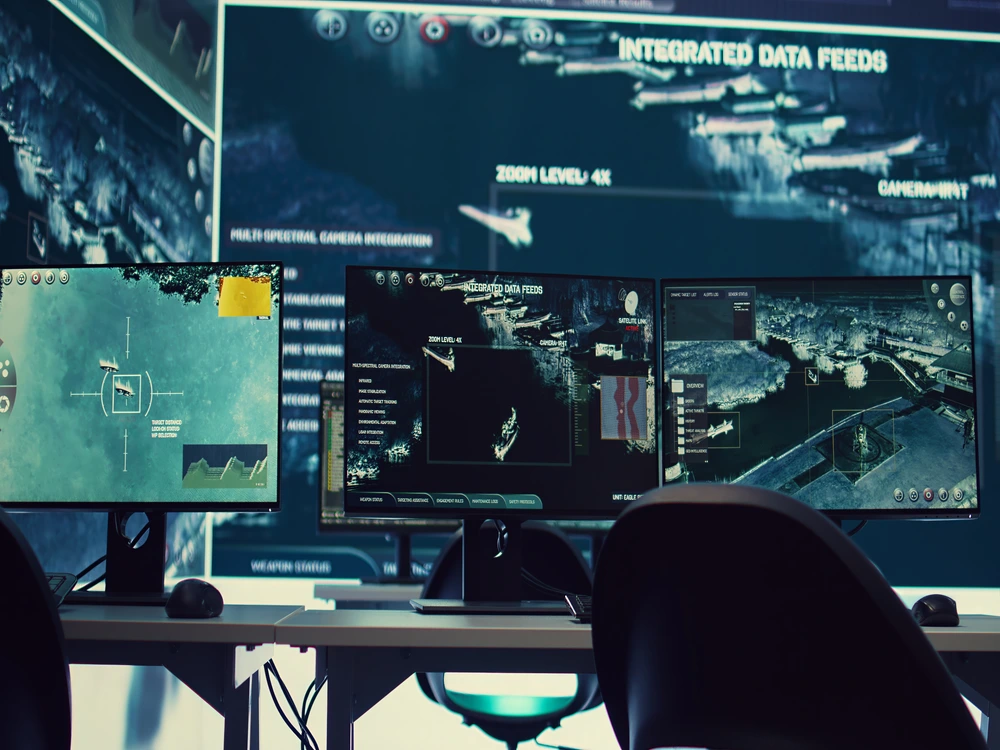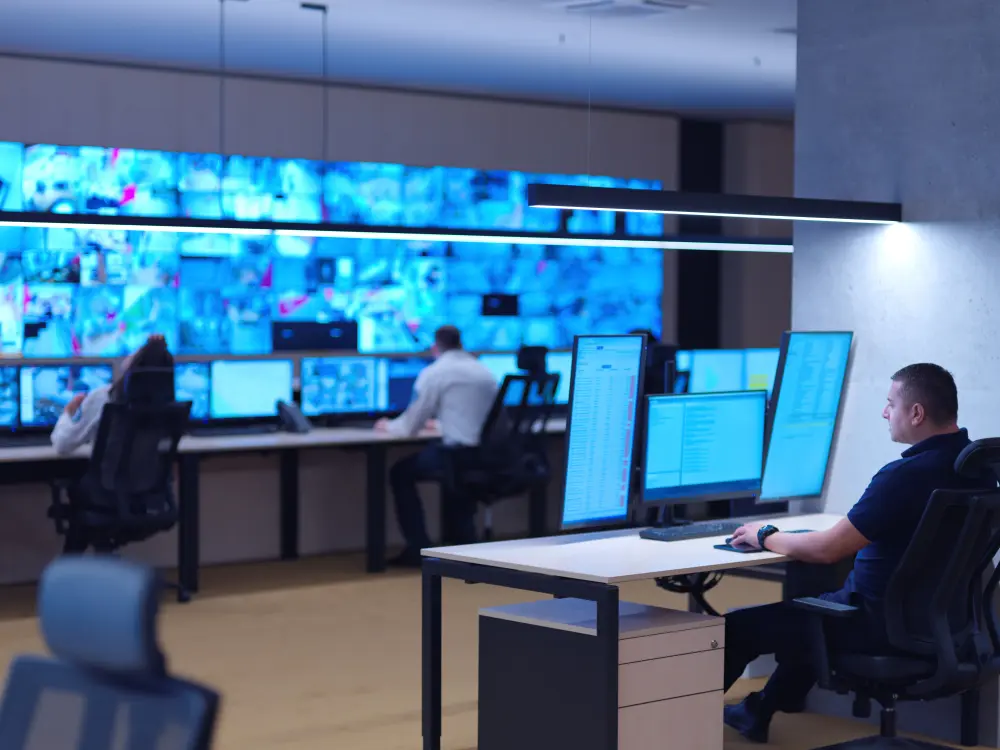In today’s fast-paced business world, organizations need a centralized system to monitor, manage, and optimize their operations. A
command center serves as the nerve center of an organization, providing real-time data, improving coordination, and enhancing security. Whether it’s for IT management, security operations, or logistics, a
command center helps companies stay in control, make informed decisions, and prevent costly disruptions.
In this guide, we’ll explore why a
command center is a
game changer for businesses and how it can transform operations from
chaos to control.

1. What is a Command Center?
A
command center is a centralized hub where data is collected, analyzed, and used for
real-time decision-making. It provides a
visualized, interactive workspace where operators can monitor multiple systems, detect issues, and respond efficiently.
Companies across various industries, including
corporate offices, security firms, IT departments, and emergency services, rely on
command centers to streamline operations. A well-designed
command center ensures that teams work
collaboratively, efficiently, and proactively to manage workflows and potential risks.
2. How a Command Center Brings Order to Business Operations
Many businesses struggle with
inefficient communication, data silos, and delayed decision-making. A
command center eliminates these issues by centralizing information and
providing real-time updates. Here’s how a
command center transforms operations:
- Real-Time Monitoring – Track business operations, security, or IT systems from a single interface.
- Faster Decision-Making – Gain insights quickly and make informed business decisions.
- Improved Communication – Enhance team collaboration by integrating multiple communication channels.
- Enhanced Security – Monitor threats, detect anomalies, and respond to incidents instantly.
- Operational Efficiency – Reduce downtime, prevent errors, and optimize resource management.
By integrating
AI-powered analytics, automation tools, and cloud-based solutions, companies can maximize the
efficiency and effectiveness of their
command center.
3. Essential Components of a High-Performance Command Center
To achieve the best results, a
command center should be equipped with
cutting-edge technology and a well-planned infrastructure. The core components include:
- Large Display Walls & Monitors – Essential for visualizing data and monitoring multiple systems.
- Centralized Software & Dashboards – Custom-built platforms to collect, analyze, and display real-time data.
- Communication & Collaboration Tools – VoIP, messaging platforms, and video conferencing solutions.
- I & Automation – Intelligent systems that analyze trends and provide predictive insights.
- Security & Surveillance Systems – CCTV, biometric access, and cybersecurity solutions.
- Ergonomic Workstations – Comfortable workspaces designed for 24/7 operations.
By incorporating these elements, businesses can create an efficient
command center that enhances
productivity and situational awareness.
4. Industries That Benefit from a Command Center
A
command center is not just for large corporations—it benefits various industries, including:
- Corporate Enterprises – Manage business operations, supply chains, and IT systems.
- Emergency Services – Coordinate disaster response and crisis management.
- IT & Cybersecurity – Monitor network performance, prevent cyber threats, and ensure data security.
- Manufacturing & Logistics – Track supply chains, optimize inventory, and improve production efficiency.
- Financial Institutions – Detect fraud, monitor transactions, and enhance customer service.
- Media & Broadcasting – Manage live events, monitor social media, and coordinate news coverage.
Regardless of industry, a well-structured
command center offers
unmatched efficiency and operational control.

5. Setting Up a Command Center: Key Steps
Creating a
command center requires
strategic planning, the right technology, and a skilled team. Follow these key steps:
- Step 1: Define Your Goals – Determine the primary functions of your command center (e.g., security, IT, operations).
- Step 2: Choose the Right Location – Ensure your command center has enough space, power backup, and network reliability.
- Step 3: Invest in Technology – Select the best software, displays, and monitoring tools for your needs.
- Step 4: Hire & Train Staff – Equip your team with the skills to manage the command center effectively.
- Step 5: Implement Security Measures – Protect your command center with firewalls, encryption, and access control.
- Step 6: Test & Optimize – Regularly review your command center setup to enhance performance and eliminate inefficiencies.
By following these steps, businesses can build a
command center that delivers
seamless operations and real-time insights.
6. The Future of Command Centers: Trends to Watch in 2025
As businesses continue to
embrace digital transformation, modern
command centers are evolving with new technologies. Here are the top trends:
- AI & Machine Learning – Predictive analytics for smarter decision-making.
- Cloud-Based Command Centers – Remote access to data and real-time monitoring from anywhere.
- 5G & Edge Computing – Faster data transmission for enhanced connectivity.
- Augmented Reality (AR) & Virtual Reality (VR) – Interactive dashboards and immersive analytics.
- Enhanced Cybersecurity Measures – AI-driven threat detection and automated incident response.
Investing in the latest innovations will ensure that businesses
stay ahead of the competition and optimize their
command center for the future.

Conclusion
A
command center is the ultimate solution for
businesses looking to improve efficiency, security, and real-time decision-making. By centralizing operations, reducing downtime, and enhancing communication, companies can
transform chaos into control.
Whether you’re in
IT, security, corporate operations, or emergency response, a
command center provides
unmatched visibility and efficiency. By implementing
state-of-the-art technology, AI-powered analytics, and automated systems, businesses can build a
future-proof command center that adapts to evolving challenges.
Start planning your
command center today and take your company’s
operations, security, and decision-making to the next level!








